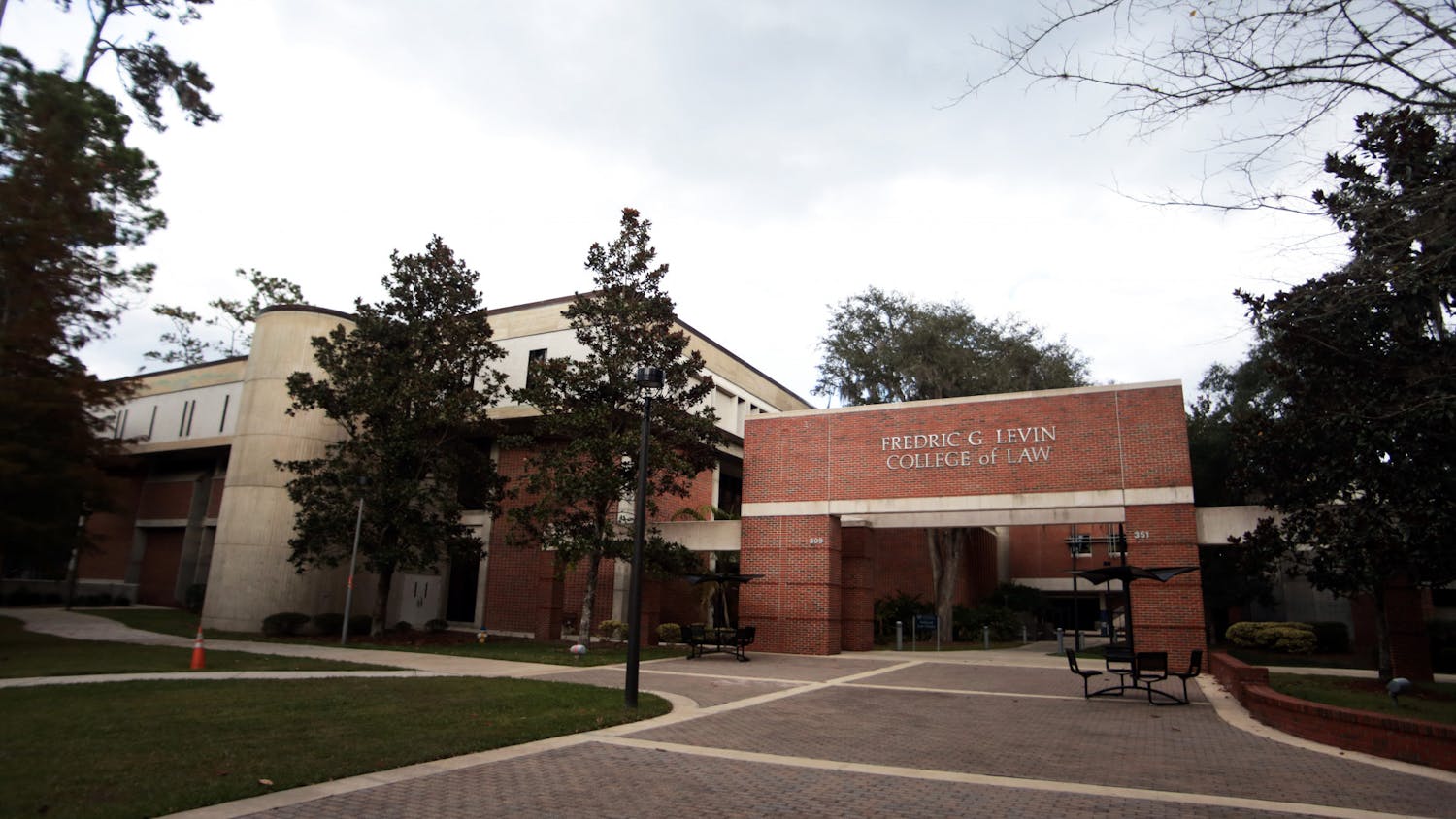In the U.S., health care can be quite expensive. The total amount spent on health care last year was $3.65 trillion. U.S. health care expenditures for 2018 were nearly 17 percent of the gross domestic product. This is almost twice the average cost of other countries’ health care within the Organization for Economic Co-operation and Development (OECD). Why is health insurance so expensive in our country, and how do our costs compare to health care costs around the world?
The American health care system is a bit of an enigma in the sense that we use aspects from each of the four major health care systems and apply those aspects to specific social classes. Most other countries use just one health care system, either the Beveridge Model, the Bismarck Model, the National Health Insurance Model or the Out-of-Pocket Model.
In the Beveridge Model, which is used primarily in the UK, Spain and Cuba, the government is the sole entity responsible for paying health care costs. This helps to eliminate market competition and establish low prices. Patients never receive bills, and instead get coverage through taxes. We actually have a system like this in the U.S. through the Veterans Health Administration, which serves 9 million veterans every year. Unfortunately, the government doesn’t seem to think there’s room for the rest of the country.
A slightly more decentralized health care system is the Bismarck Model, in which health insurance is funded through employer and employee payroll deduction. Private insurance plans cover the employed. The insurers don’t make money and have their pricing regulated by the government. Although this system is used primarily in Germany, France and Japan, many employed Americans get similar coverage through their jobs and payroll deduction.
The National Health Insurance Model combines the Beveridge Model idea of public insurance paid by a sole entity with the Bismarck Model idea of private practice. This results in low prices negotiated by the government and coverage to all the employed citizens. This system was first implemented in Canada and is now being taken up by Taiwan and South Korea. The American Medicare system is similar to this model, though it only applies to individuals over the age of 65.
In the Out-of-Pocket Model, the patient must pay for treatment themselves. This is a model of health care that is primarily found in underdeveloped countries with no structured health care system, or in the U.S. In many rural areas of Africa, South America, China and India, the poor are unable to afford health care. As of last year, roughly 8.5 percent of the U.S. population (27.5 million Americans) were uninsured. They would be forced to pay high medical bills entirely on their own with no outside assistance.
No single health care system has proven to be entirely unflawed but all, with maybe the exception of the Out-of-Pocket Model, have still proven to be effective in providing coverage. However, part of the efficiency comes from the lower costs and coverage to employed citizens. Because the American health care system is fractured to include many aspects, costs remain high, and it is tough for uninsured individuals to receive out-of-pocket coverage. The countries that follow one system of health care tend to be less expensive and more fair, in comparison to the United States.
Kelly Cavaliere is a sophomore at UF majoring in Business Administration and minoring in the German language. She is currently studying abroad for 6 months in Germany at the Universität Mannheim.






